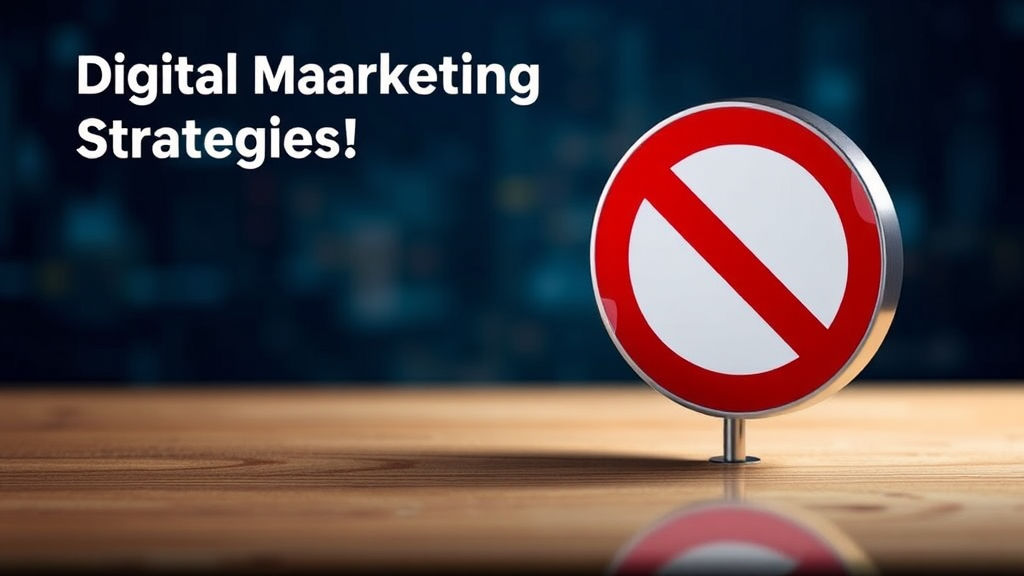Maximizing Lead Generation through Effective Digital Marketing Strategies
Crafting a Comprehensive Digital Marketing Strategy for Lead Generation
In today’s digital landscape, effectively generating and nurturing leads is crucial for the success of any business. Adopting the right digital marketing strategies can be the key to unlocking a steady stream of qualified leads that can be converted into loyal customers. Here, we will explore several proven tactics to maximize your lead generation efforts through a comprehensive digital marketing approach.
Optimizing Your Website for Lead Capture
Your website serves as the foundation of your digital presence, and it should be designed with lead generation in mind. Ensure that your website is user-friendly, mobile-responsive, and visually appealing. Strategically place calls-to-action (CTAs) that encourage visitors to provide their contact information, such as newsletter signups, free trials, or downloadable content. Leverage forms and pop-ups to capture leads, but be mindful of not overwhelming your visitors.
Leveraging Search Engine Optimization (SEO)
Effective SEO is crucial for driving high-quality traffic to your website, which can then be converted into leads. Conduct thorough keyword research to identify the search terms and phrases that your target audience is using. Optimize your website’s content, meta tags, and images to rank higher in search engine results pages (SERPs). Create valuable, informative content that addresses the pain points and needs of your potential customers, as this can help you attract and engage the right audience.
Embracing Social Media Marketing
Social media platforms offer a powerful avenue for lead generation. Develop a strong social media presence by regularly publishing engaging content, interacting with your followers, and leveraging platform-specific features like Instagram Stories, LinkedIn Lead Gen Forms, or Facebook Lead Ads. Use social media to showcase your expertise, build brand awareness, and encourage followers to take action, such as signing up for a newsletter or downloading a whitepaper.
Implementing Email Marketing
Email marketing remains a highly effective tool for lead generation and nurturing. Build a subscriber list by offering valuable lead magnets, such as e-books, webinars, or exclusive content. Craft compelling email campaigns that provide your audience with relevant information, offers, and calls-to-action. Segment your email list to personalize your outreach and improve engagement. Automate your email marketing efforts, such as welcome sequences or abandoned cart reminders, to nurture leads and guide them through the sales funnel.
Leveraging Paid Advertising
Strategically implemented paid advertising campaigns can be a powerful addition to your lead generation efforts. Platforms like Google Ads, Facebook Ads, or LinkedIn Ads allow you to target specific demographics, interests, and behaviors. Create captivating ad creatives and landing pages that encourage your target audience to take the desired action, whether it’s signing up for a consultation, downloading a resource, or making a purchase.
Analyzing and Optimizing Your Efforts
Continuous analysis and optimization are essential for the long-term success of your digital marketing lead generation strategy. Utilize analytics tools to track the performance of your various campaigns, such as website traffic, lead capture, conversion rates, and customer acquisition costs. Regularly review and adjust your strategies based on data-driven insights to maximize the efficiency and effectiveness of your lead generation efforts.
By implementing a comprehensive digital marketing strategy that incorporates these key elements, you can effectively generate and nurture a steady flow of high-quality leads, ultimately driving business growth and success.
Leveraging Social Media and Content Marketing for Boosting Lead Capture
Optimizing Social Media and Content Marketing for Lead Generation
In today’s digital landscape, a robust lead generation strategy is crucial for business success. One of the most effective ways to capture valuable leads is by leveraging the power of social media and content marketing. By seamlessly integrating these two powerful tools, you can create a comprehensive approach that not only attracts potential customers but also nurtures them towards conversion.
Harnessing the Reach of Social Media
Social media platforms have become an indispensable part of our daily lives, providing businesses with unparalleled opportunities to connect with their target audience. Crafting a strong social media presence can help you:
- Increase brand visibility and awareness
- Engage with your audience in real-time
- Showcase your expertise and thought leadership
- Drive traffic to your website or landing pages
- Gather valuable insights about your customers’ preferences and behaviors
To maximize the impact of your social media efforts, it’s essential to identify the platforms where your target audience is most active and consistently create and share high-quality, relevant content. This could include everything from informative blog posts and educational videos to visually appealing images and interactive polls.
Leveraging the Power of Content Marketing
Content marketing is a powerful tool for building trust, establishing your brand as a thought leader, and ultimately, generating quality leads. By creating valuable, compelling content that addresses your audience’s pain points and interests, you can position your business as a trusted resource and guide them through the sales funnel.
Some key elements of an effective content marketing strategy include:
- Developing a content calendar to ensure a consistent flow of new, relevant content
- Optimizing your content for search engines to improve visibility and drive organic traffic
- Repurposing content across multiple channels (e.g., blog posts, videos, social media, email newsletters)
- Tracking and analyzing the performance of your content to identify what resonates with your audience
- Encouraging user-generated content to foster engagement and build a loyal community
Integrating Social Media and Content Marketing for Lead Generation
To achieve maximum results, it’s essential to seamlessly integrate your social media and content marketing efforts. By aligning these two strategies, you can create a powerful lead generation engine that attracts, engages, and nurtures potential customers.
Some key strategies for integrating social media and content marketing include:
- Promoting your content on social media platforms to amplify its reach and engagement
- Leveraging social media to gather feedback and insights that can inform your content creation
- Using social media platforms to host interactive content like polls, Q&As, and live events
- Encouraging your audience to share and engage with your content on social media
- Analyzing the performance of your social media and content marketing efforts to identify opportunities for optimization
By harnessing the power of social media and content marketing, you can create a comprehensive lead generation strategy that not only attracts potential customers but also nurtures them towards conversion. With a well-executed plan, you can position your business as a trusted authority in your industry and continuously grow your customer base.
Conclusion
Effective digital marketing strategies are the key to maximizing lead generation in today’s competitive landscape. By leveraging the power of social media and content marketing, businesses can significantly boost their lead capture efforts and drive sustainable growth.
Social media platforms have become an indispensable tool for reaching and engaging with potential customers. Crafting a strong social media presence, regularly sharing valuable and engaging content, and leveraging targeted advertising can help businesses connect with their target audience, build brand awareness, and ultimately generate high-quality leads. Platforms like LinkedIn, Facebook, and Twitter offer a wealth of opportunities to showcase expertise, foster relationships, and capture the attention of those actively searching for solutions.
Content marketing, on the other hand, is a powerful way to attract and nurture leads. By creating informative, educational, and compelling content, businesses can position themselves as industry thought leaders, address the pain points of their target audience, and gradually guide them through the sales funnel. From blog posts and whitepapers to webinars and video tutorials, a well-executed content marketing strategy can generate a steady stream of qualified leads and establish a strong foundation for long-term business growth.
When these two key digital marketing strategies are combined, the results can be truly transformative. By integrating social media and content marketing, businesses can amplify their reach, enhance their credibility, and create a seamless and personalized customer journey. This holistic approach not only helps to capture more leads but also nurtures them through the sales cycle, ultimately leading to increased conversions and revenue.
To maximize the impact of these strategies, it is essential to have a deep understanding of the target audience, their preferences, and their pain points. By conducting thorough market research, creating buyer personas, and closely monitoring the performance of various digital marketing initiatives, businesses can fine-tune their approach and ensure that their efforts are resonating with the right people.
Additionally, the integration of data-driven insights and the utilization of modern marketing automation tools can further enhance the effectiveness of digital marketing strategies for lead generation. By leveraging analytics, businesses can identify the most successful channels, content types, and messaging, and then optimize their campaigns accordingly.
The synergistic combination of social media and content marketing offers a powerful path to maximizing lead generation in the digital age. By embracing these strategies and continuously refining their approach, businesses can position themselves for long-term success and drive sustainable growth in an increasingly competitive marketplace.



